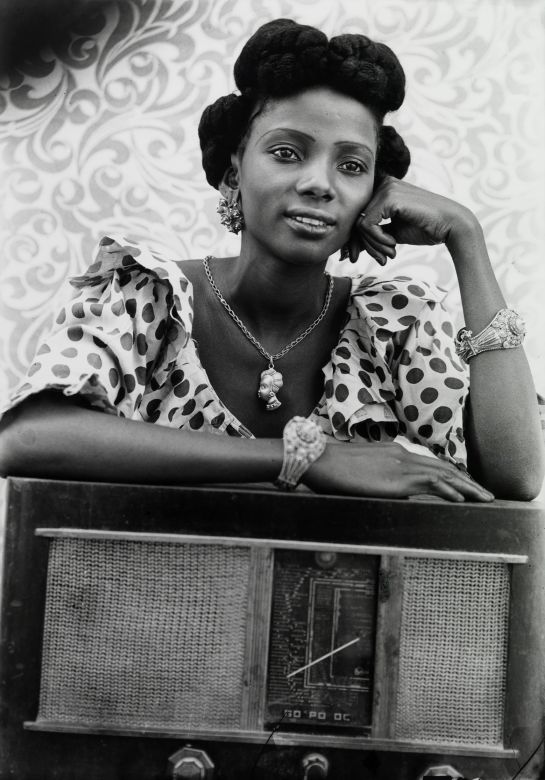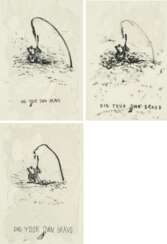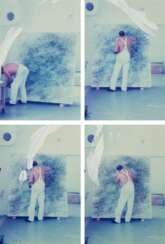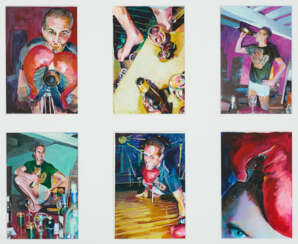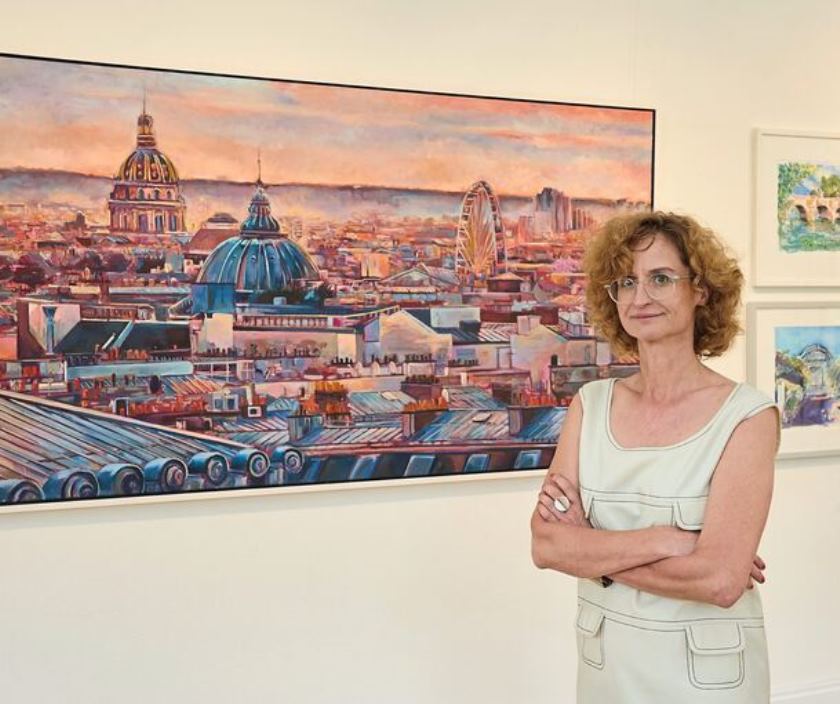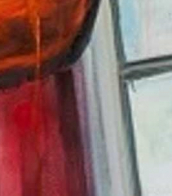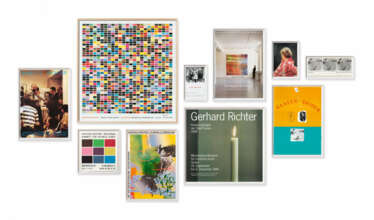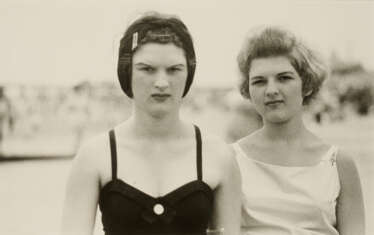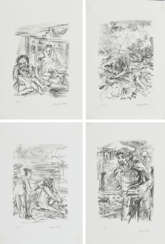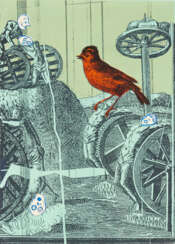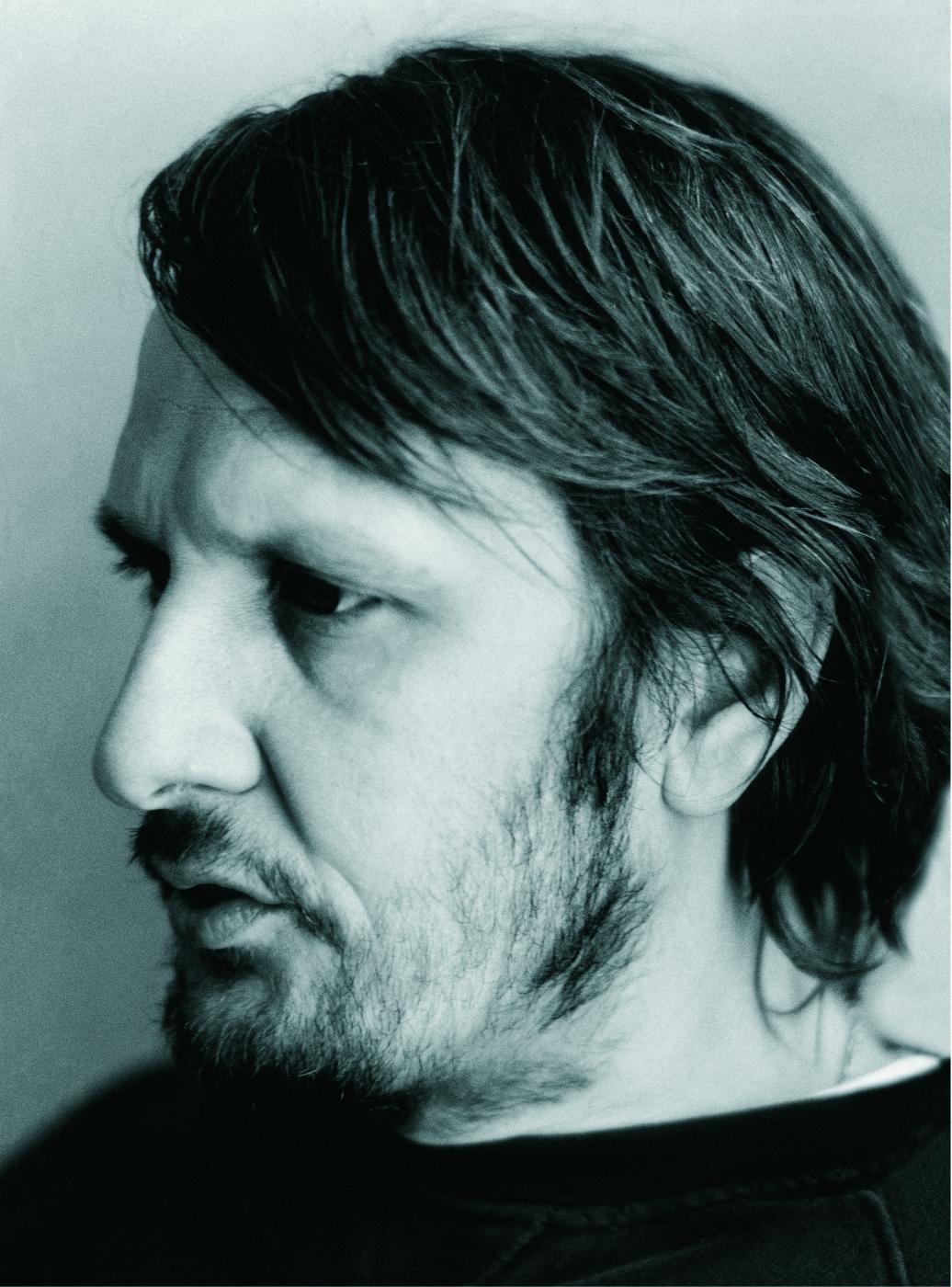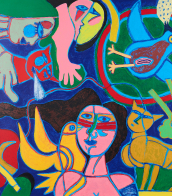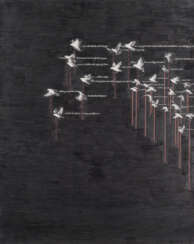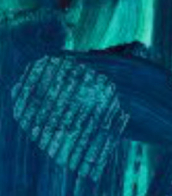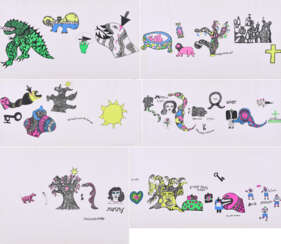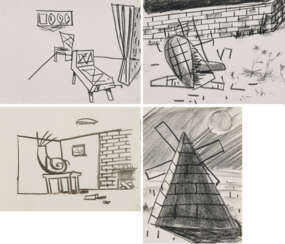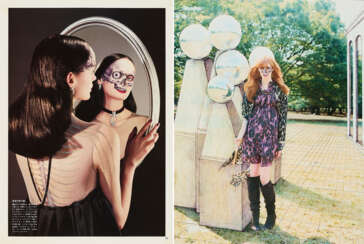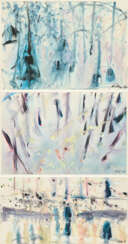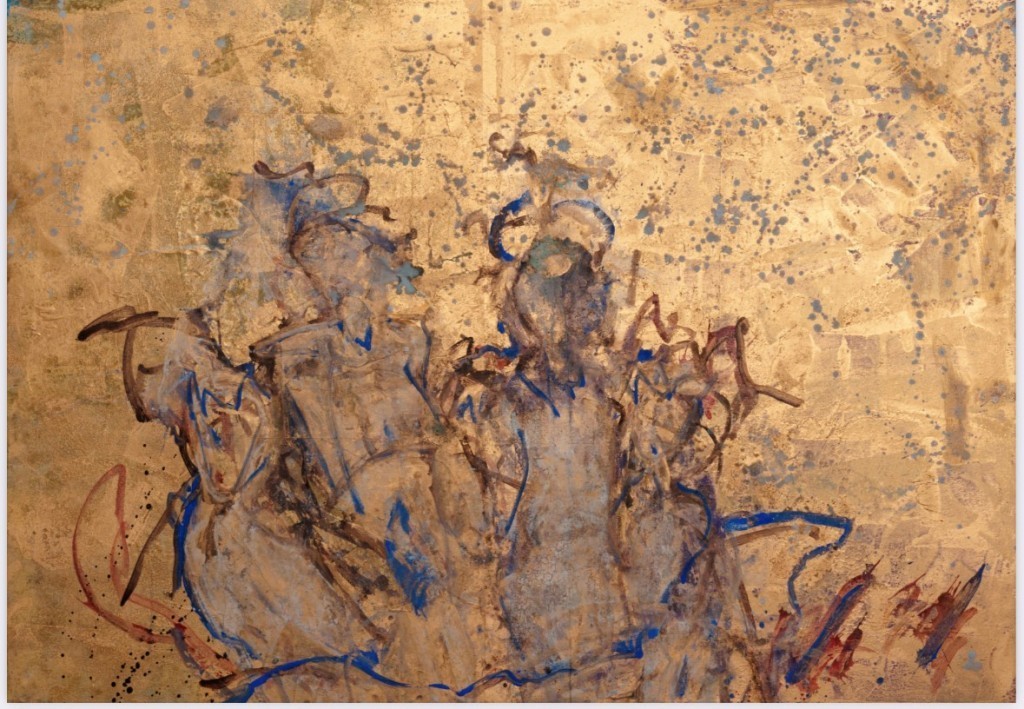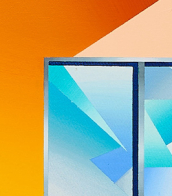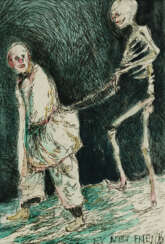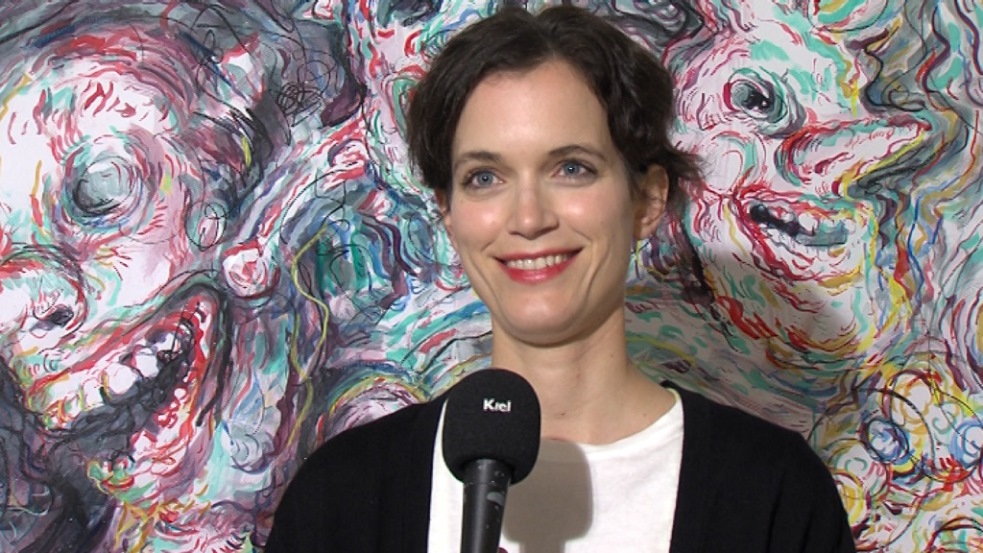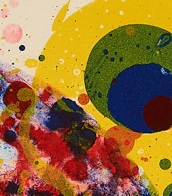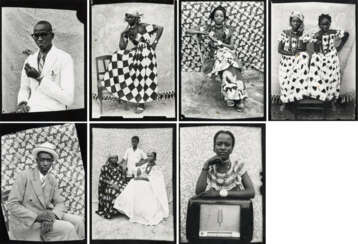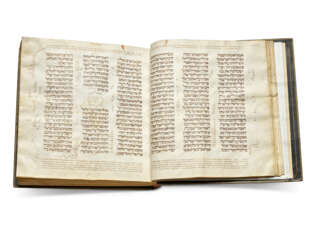each framed. not examined out of the frame

Günther Uecker is a German sculptor, op artist and installation artist.
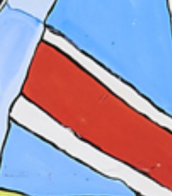
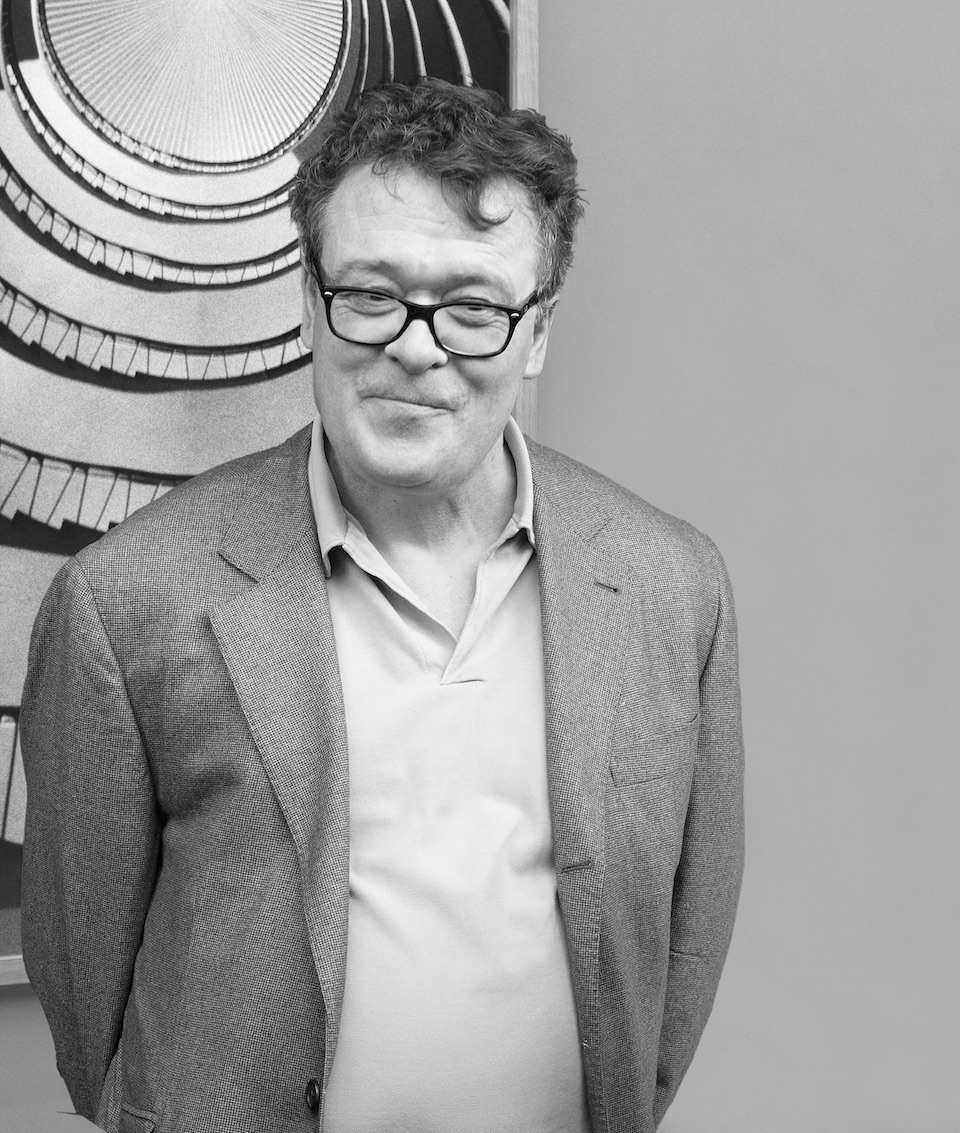
Günther Förg was a German painter, graphic designer, sculptor and photographer. His abstract style was influenced by American abstract painting.
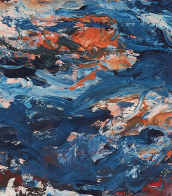

Günther Förg was a German painter, graphic designer, sculptor and photographer. His abstract style was influenced by American abstract painting.
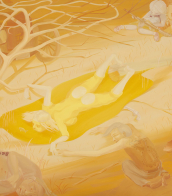

Günther Uecker is a German sculptor, op artist and installation artist.
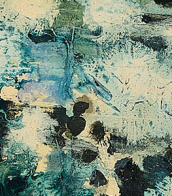
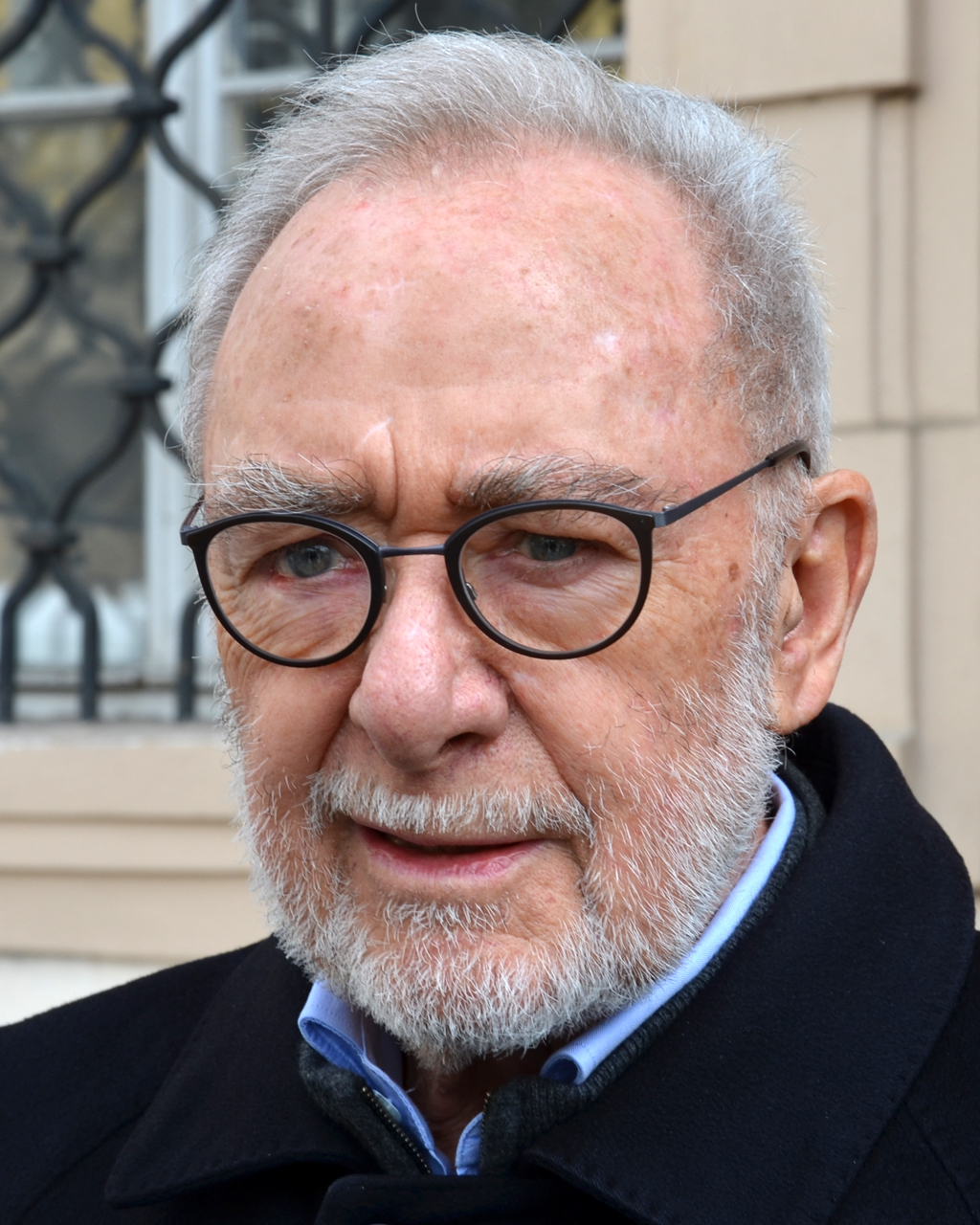
Gerhard Richter is a German visual artist. Richter has produced abstract as well as photorealistic paintings, and also photographs and glass pieces. He is widely regarded as one of the most important contemporary German artists and several of his works have set record prices at auction.

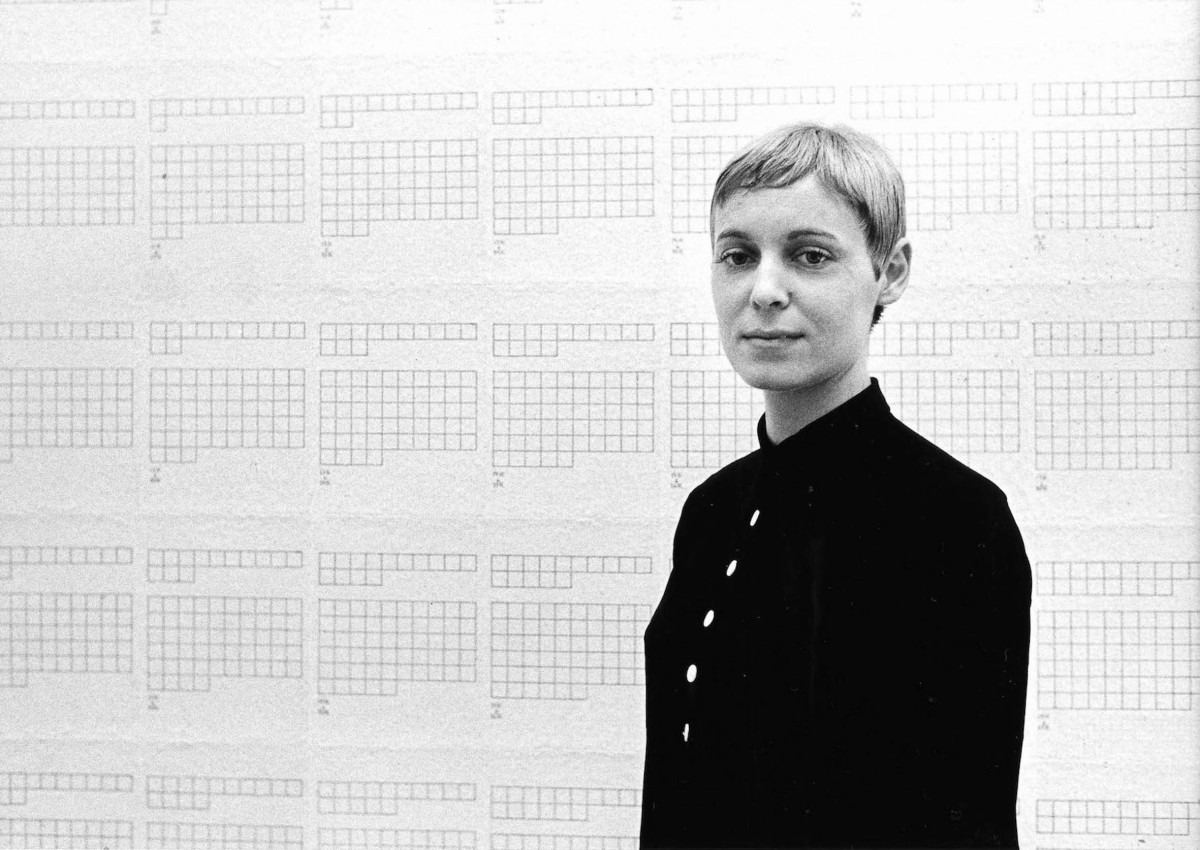
Hanne Darboven was a German conceptual artist known for her large-scale installations, drawings, and writings that explore the intersections of mathematics, language, and time.
Darboven studied at the Hochschule für Bildende Künste in Hamburg. In the 1960s, she became associated with the Conceptual Art movement, creating works that often involved systems of numerical and textual notation.
In the 1970s, Darboven began to produce her signature installations, which combined writing, drawing, and found objects to create immersive environments that explored complex systems of meaning and structure. One of her most famous works is "Kulturgeschichte 1880-1983", a monumental installation consisting of 1,590 framed sheets of paper, each containing a series of numbers, letters, and symbols that chart the course of modern history.
Throughout her career, Darboven continued to explore the relationship between language, numbers, and time, often drawing inspiration from her own life and experiences. She exhibited her work widely in Europe and the United States, and was the subject of numerous retrospectives and solo exhibitions.
Her legacy as a pioneering conceptual artist continues to be recognized and celebrated by the art world today.
.

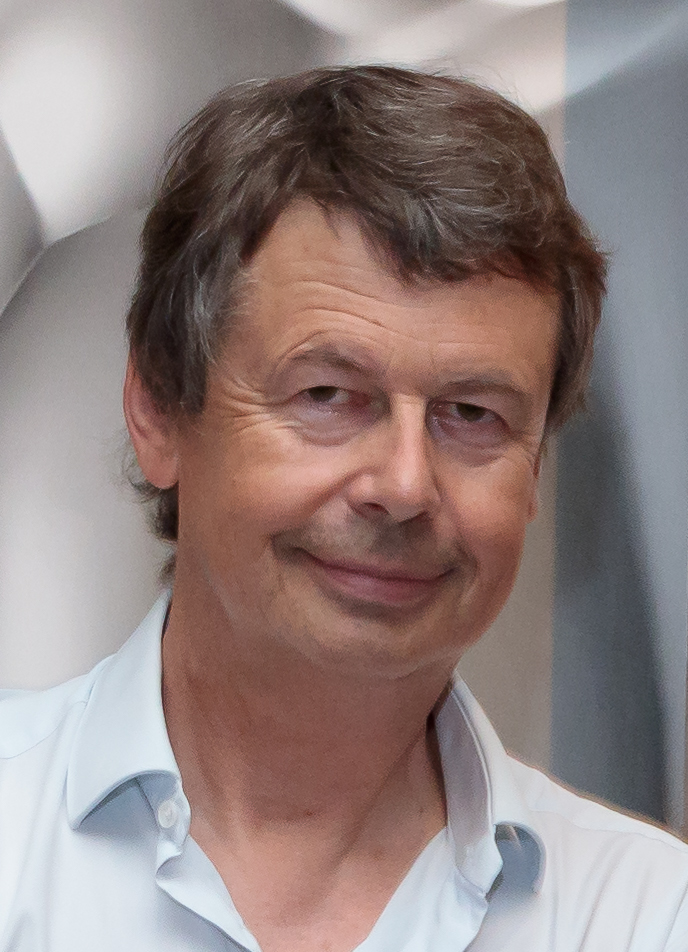
Peter Kogler is an Austrian artist who creates illusionary spaces.
He studied at the Academy of Fine Arts in Vienna and teaches at the Academy of Fine Arts in Munich.
Peter Kogler is a pioneering artist in the field of computer art. Using cutting-edge technology, the artist uses a series of repeating motifs materialized in various forms: two- and three-dimensional prints, sculptures, furniture, wallpaper, lighting fixtures, collages and other installations.
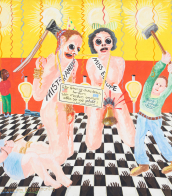
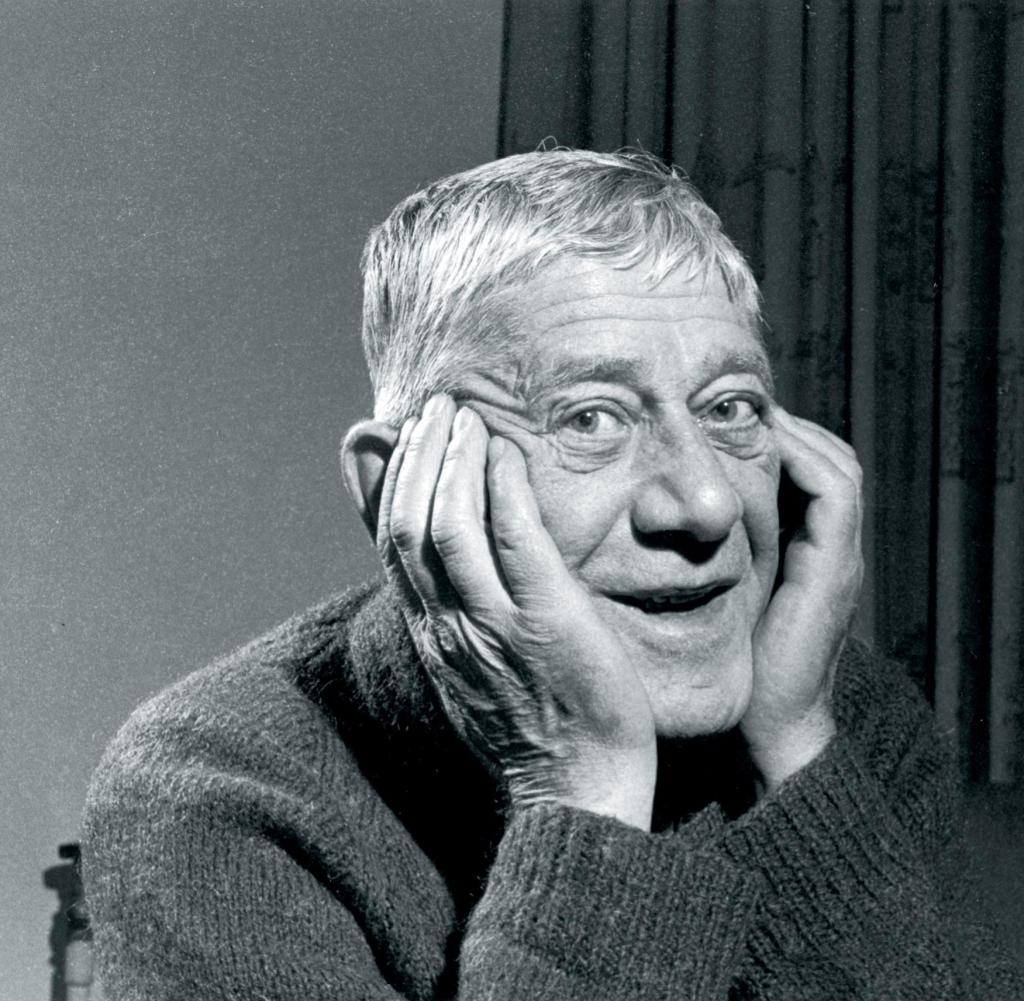
Oskar Kokoschka was an Austrian artist, poet, playwright, and teacher, renowned for his significant contributions to the Expressionist movement. Born on March 1, 1886, in Pöchlarn, Austria, Kokoschka's journey into the arts began against the backdrop of early 20th-century Vienna, a city vibrant with cultural ferment and avant-garde experimentation. Without formal training in painting, Kokoschka brought a unique perspective to his work, approaching the medium with a fresh, unencumbered eye that eschewed traditional methods in favor of intuitive, expressive techniques.
Kokoschka's early career was marked by an innovative approach to portraiture and landscape, characterized by intense expressionism and a deep psychological penetration of his subjects. His artistic philosophy was heavily influenced by 17th-century Czech humanist Jan Amos Comenius, from whom Kokoschka adopted the idea that learning and creativity flourish through sensory engagement and reasoning. This philosophy underpinned both his artistic output and his teaching methodology, which favored storytelling and the evocation of dramatic emotion over conventional art instruction.
Among Kokoschka's notable early works were his contributions to the Vienna Kunstschau and his involvement with the Wiener Werkstätte, which provided him opportunities to explore his artistic voice through various commissions, including postcards and illustrations for children's books. His autobiographical poem "Die träumenden Knaben" (The Dreaming Youths) and the related illustrations showcase his journey from Jugendstil to Expressionism, marking a pivotal moment in his career and in the development of modern art.
Kokoschka's tumultuous affair with Alma Mahler is well-documented, influencing some of his most acclaimed works, such as "The Bride of the Wind" (The Tempest), which vividly encapsulates their passionate, stormy relationship. This work, alongside others like "Portrait of a Young Girl" and "Knight Errant (Self-Portrait)", exemplifies Kokoschka's masterful use of color, form, and emotional intensity to convey complex psychological states and narratives.
Oskar Kokoschka's legacy as a pioneering figure in Expressionism is undisputed. His works continue to resonate with collectors and experts in art and antiques, not only for their aesthetic and emotional depth but also for their groundbreaking approach to visual storytelling and the exploration of the human condition. For those interested in the vibrant world of Expressionist art and the profound humanism of Kokoschka's oeuvre, signing up for updates on new product sales and auction events related to Oskar Kokoschka offers a unique opportunity to engage with the enduring impact of his work.
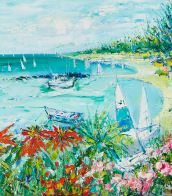
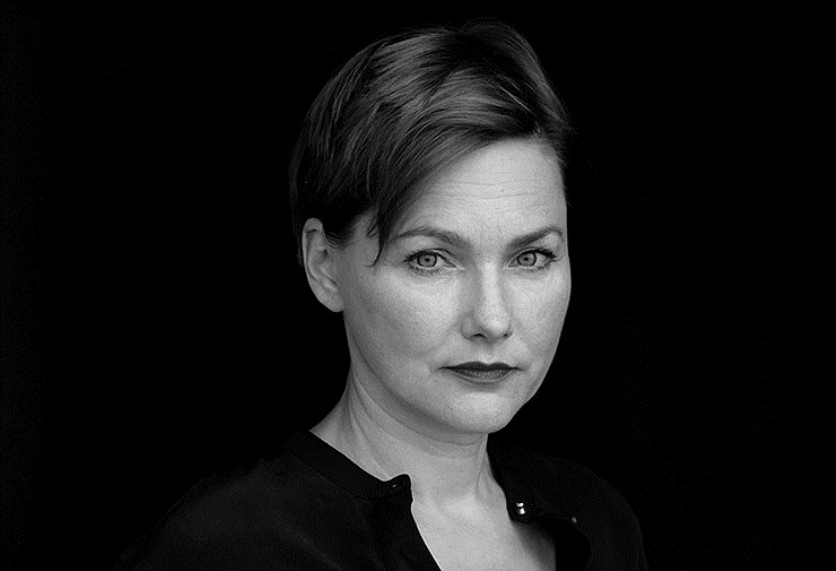
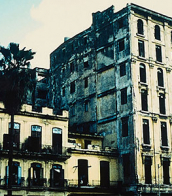
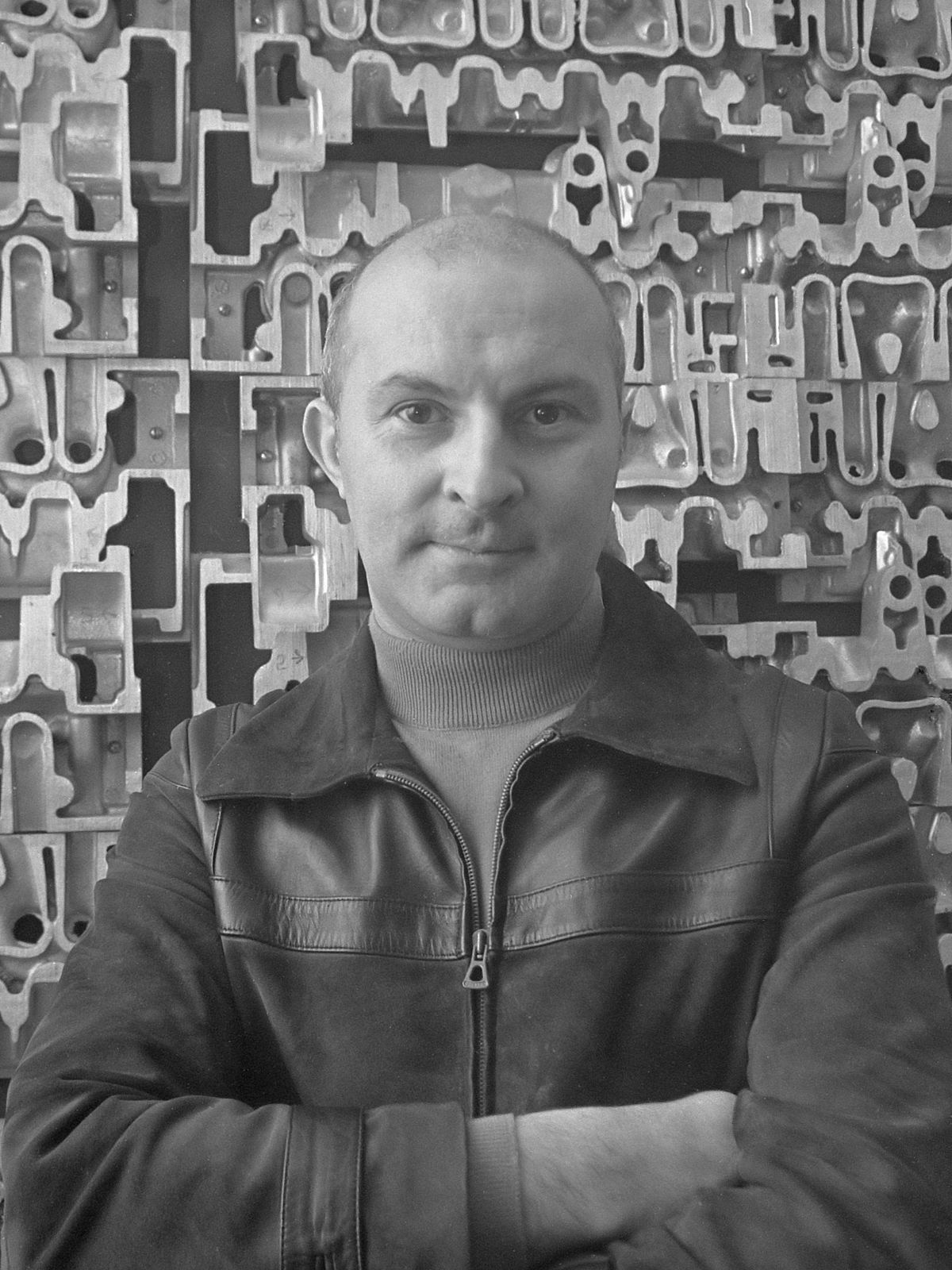
Armand Pierre Fernandez, widely known by his mononym Arman, was a French-born American artist celebrated for his innovative contributions to the Nouveau Réalisme movement and his radical use of everyday objects in art. Born in Nice, France, on November 17, 1928, Arman's early exposure to art came from his father, an antiques dealer and amateur artist, which deeply influenced his later artistic endeavors.
Arman moved beyond traditional painting techniques early in his career, instead creating his signature "Accumulations" and "Poubelles" (trash) sculptures. These works involved assembling and compacting everyday items like watches, clocks, and even automobiles, embedding these objects in layers of concrete or encasing them in Plexiglas. One of his most notable large-scale works is "Long Term Parking," a 60-foot high sculpture made of concrete-encased cars, situated in Jouy-en-Josas, France.
His work is an essential bridge between European and American trends in Pop art and has been widely exhibited in major institutions like the Metropolitan Museum of Art in New York, the Tate Gallery in London, and the Centre Pompidou in Paris. Arman's innovative techniques and philosophical approach to materials challenged conventional categorizations of art and inspired future generations of artists.
For collectors and enthusiasts interested in staying updated on exhibitions and sales related to Arman's work, signing up for updates can provide essential insights and opportunities related to this influential artist. Join our community to ensure you don't miss out on new discoveries and auction events associated with Arman's legacy.
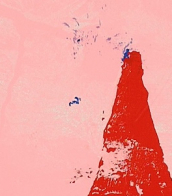
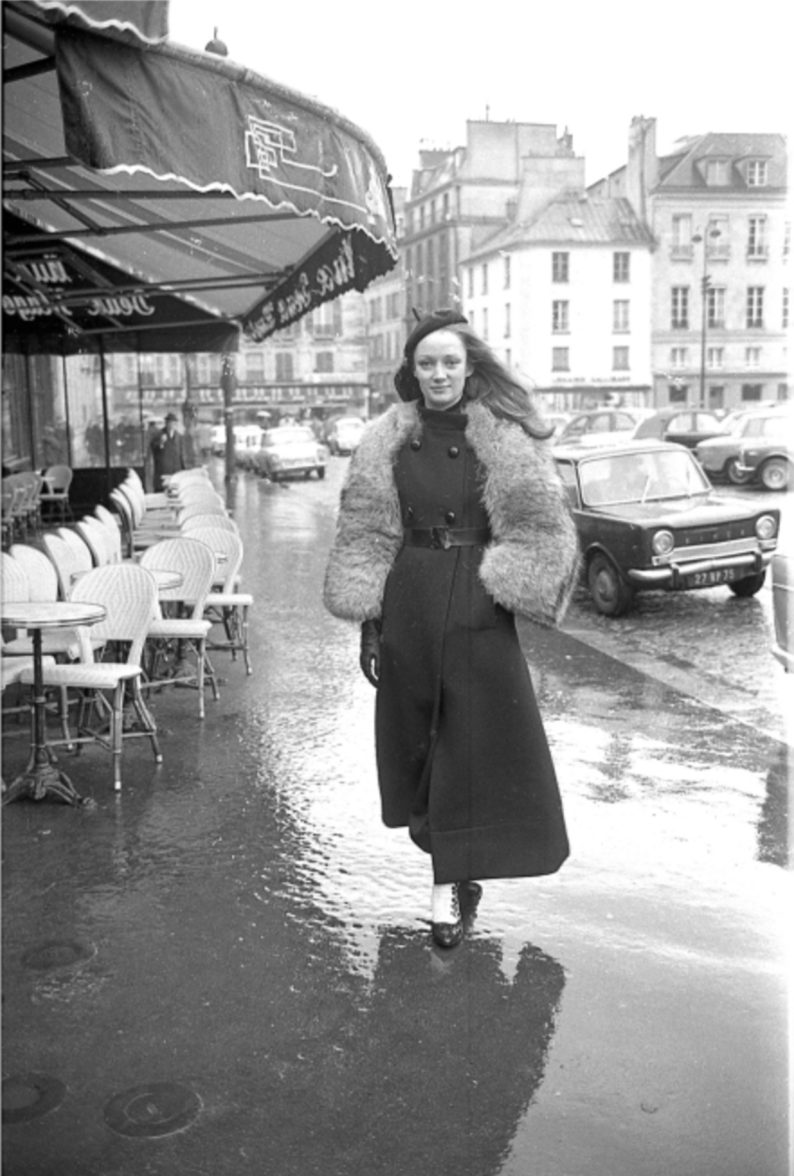
Niki de Saint Phalle was a French-American sculptor, painter, filmmaker, and author of colorful hand-illustrated books. Widely noted as one of the few female monumental sculptors, Saint Phalle was also known for her social commitment and work.
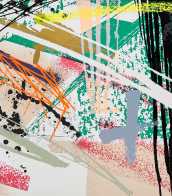
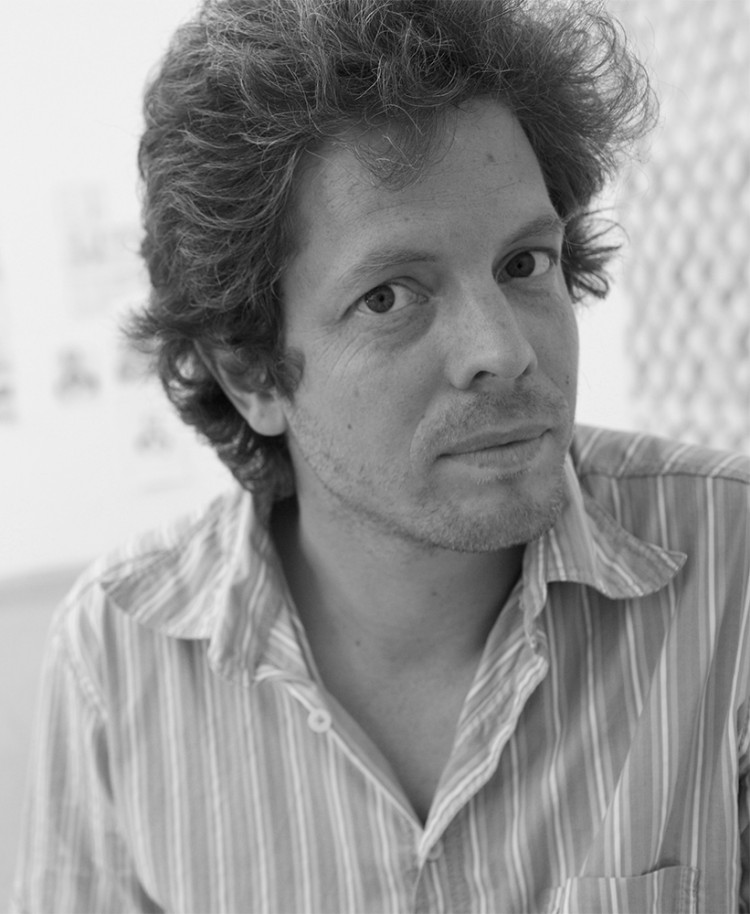
Matthias Weischer is a German artist and painter.
He graduated from the School of Graphic Arts and Book Art in Leipzig and also lives and works in Leipzig. Weischer's imaginative, incompatible interiors have become his calling card.
The never-populated, deserted rooms in his paintings create psychological tension and inexplicable anxiety in the viewer.
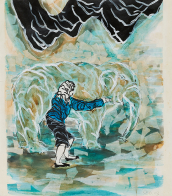
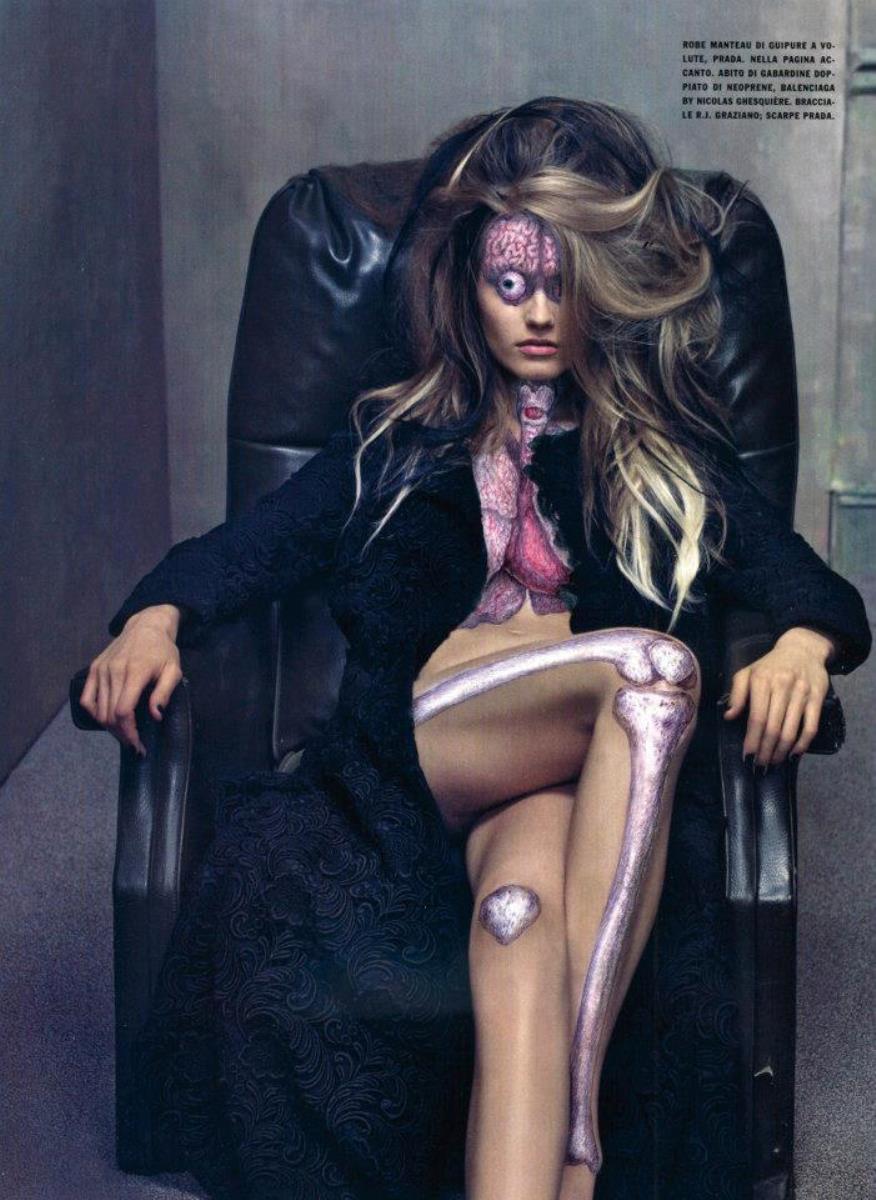
Fumie Sasabuchi is a Japanese artist living and working in Berlin.
Fumie studied painting at Tama Art University in Tokyo and then at the Academy of Fine Arts in Munich. The artist flirts with the theme of death, depicting human entrails and bones with anatomical precision on the surface of the skin of the depicted person, in the form of tattoos. Sasabuchi's work is based on photographs from fashion magazines or horror movies, which she reworks in her own style.
Perhaps some of the motifs in Fumie Sasabuchi's work have roots in Japanese Yakuza culture. Juxtaposed with the European taboo theme of depicting death, the result of her work may shock or at least amaze.
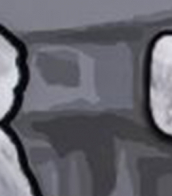

Fumie Sasabuchi is a Japanese artist living and working in Berlin.
Fumie studied painting at Tama Art University in Tokyo and then at the Academy of Fine Arts in Munich. The artist flirts with the theme of death, depicting human entrails and bones with anatomical precision on the surface of the skin of the depicted person, in the form of tattoos. Sasabuchi's work is based on photographs from fashion magazines or horror movies, which she reworks in her own style.
Perhaps some of the motifs in Fumie Sasabuchi's work have roots in Japanese Yakuza culture. Juxtaposed with the European taboo theme of depicting death, the result of her work may shock or at least amaze.
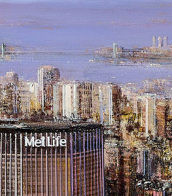

Fumie Sasabuchi is a Japanese artist living and working in Berlin.
Fumie studied painting at Tama Art University in Tokyo and then at the Academy of Fine Arts in Munich. The artist flirts with the theme of death, depicting human entrails and bones with anatomical precision on the surface of the skin of the depicted person, in the form of tattoos. Sasabuchi's work is based on photographs from fashion magazines or horror movies, which she reworks in her own style.
Perhaps some of the motifs in Fumie Sasabuchi's work have roots in Japanese Yakuza culture. Juxtaposed with the European taboo theme of depicting death, the result of her work may shock or at least amaze.

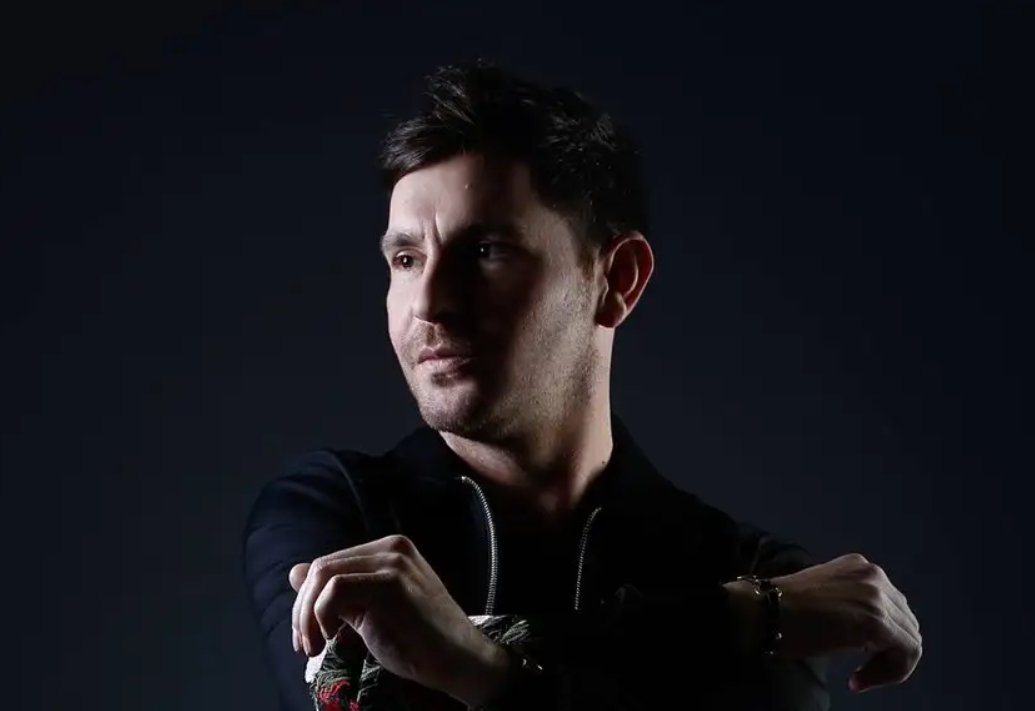
Matthias Meyer is a contemporary German artist. He was the best student of Gerhard Richter.
In 1995 he won the Schweizer Bankverein European Art Competition in London.

